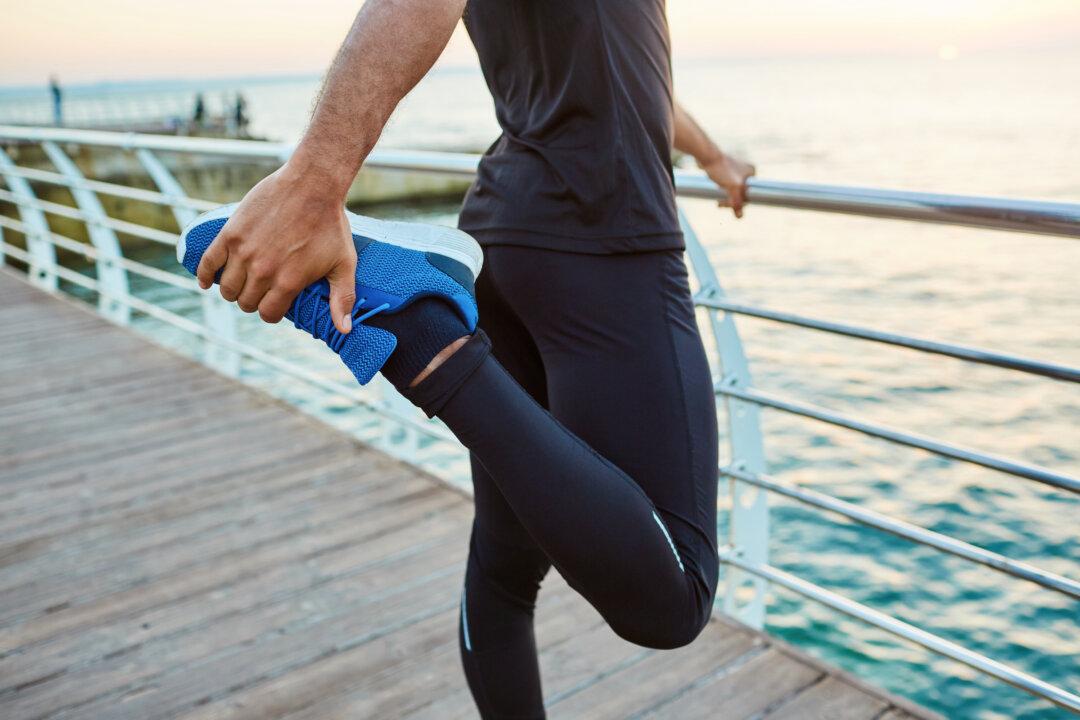Cataracts are the leading cause of blindness, accounting for 79.4 percent of such cases. After age 40, the risk of developing cataracts increases every decade. According to census data, by age 75, half of all Caucasian Americans will have cataracts, and at age 80, it reaches 70 percent. The risk for black Americans is at a lower rate of 53 percent and Hispanics at 61 percent.
A cataract is a clouding of the normally clear lens of the eye. For people with cataracts, looking through a cloudy lens is like looking through a frosty or foggy window. Cataracts are a bilateral eye disorder that can occur sequentially. The time from a cataract’s onset to maturity can range from a few months to several years.





